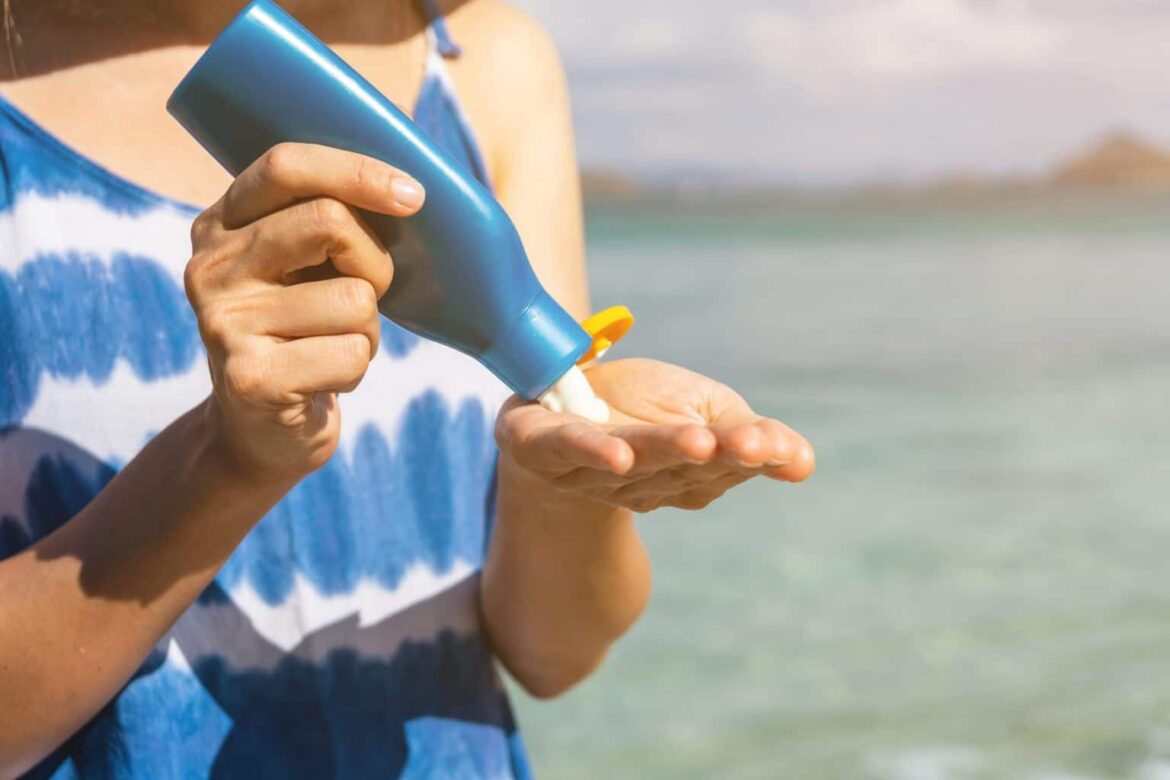1.5K
Whether 20, 30 or 40 – when buying sunscreen, the sun protection factor is often misinterpreted. We tell you what the value actually stands for
What does the sun protection factor mean in sun creams?
The sun protection factor indicates how much longer you can stay in the sun without getting sunburnt. So SPF 30 increases this time by a factor of 30.
- For a very fair skin type, the body’s own protection lasts only 10 minutes in strong sun. After that, the skin gets sunburned.
- If you apply sunscreen with sun protection factor 30, you can theoretically stay in the sun 30 times longer, which would be 300 minutes.
Sun cream: How reliable is the sun protection factor?
You should take the sun protection factor with great caution. There are some factors that affect the promised time.
- To really extend protection by 20, 30, 40 or even 50 times, you also need to apply the recommended amount. An adult needs more than five tablespoons of sunscreen for the entire body. Once you have applied this amount, you will be completely white.
- If you start to sweat, wear clothes in between or even go swimming, some of the sun cream will be worn off your body. If you do not reapply the sunscreen, the promised protection will not be maintained.
- For this reason, you should always count on half the sun protection factor. So if you have a sun protection factor of 30, you will only get sunburned after 15 times the time – compared to when you are not wearing sunscreen.
Further sensible sun protection
There are several ways to effectively protect yourself from the sun, even without sunscreen. Here are some alternative methods:
-
- Wear protective clothing: Cover your skin as much as possible with clothing that is tightly woven and loose fitting. Wear long sleeves, long trousers and a hat with a wide brim to protect your face, neck and ears.
-
- Use sun protective clothing: There are special sun protective garments on the market that offer high UV protection. These garments are made with a special UV-protective material and block most of the harmful UV rays.
-
- Wear sunglasses: Protect your eyes by wearing sunglasses that offer high UV protection. Choose glasses that block 100% of UVA and UVB rays.
-
- Limit time spent in the sun: Try to limit the amount of time you spend in direct sunlight, especially during peak hours when the sun is at its most intense.
-
- Avoid reflective surfaces: Be aware that UV rays can be reflected from reflective surfaces such as water, sand and snow. Take this into consideration and take extra protective measures when you are near such surfaces.

